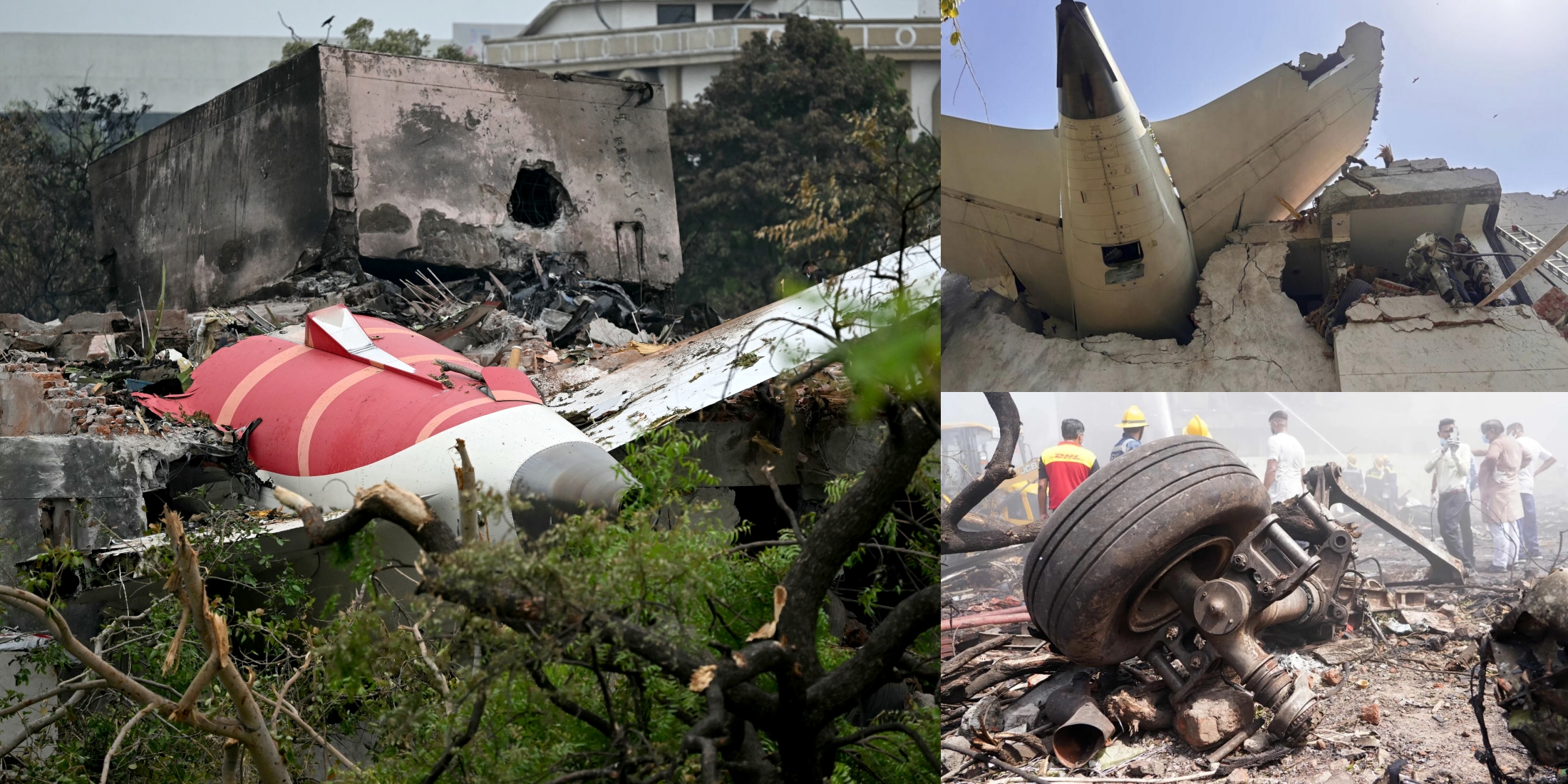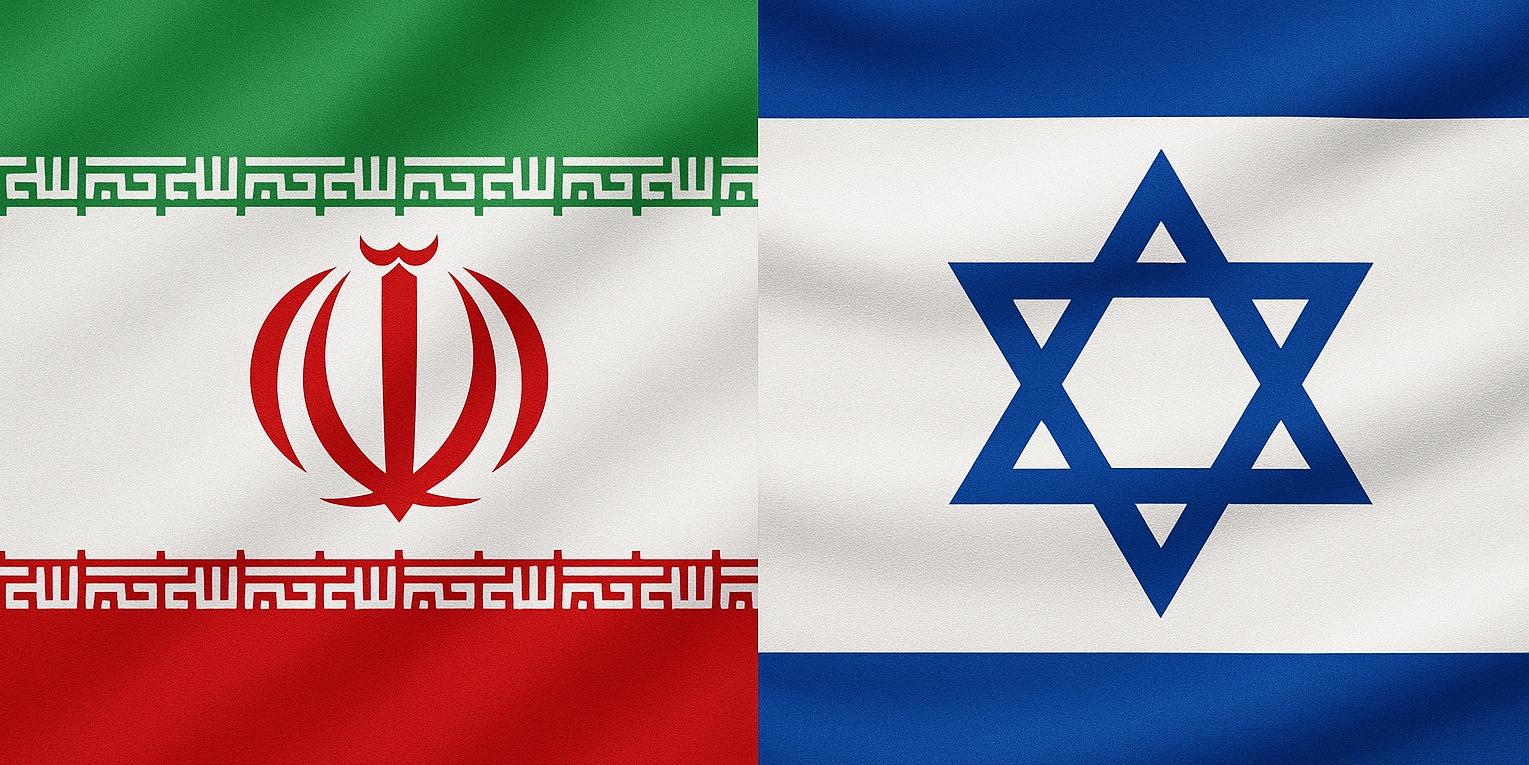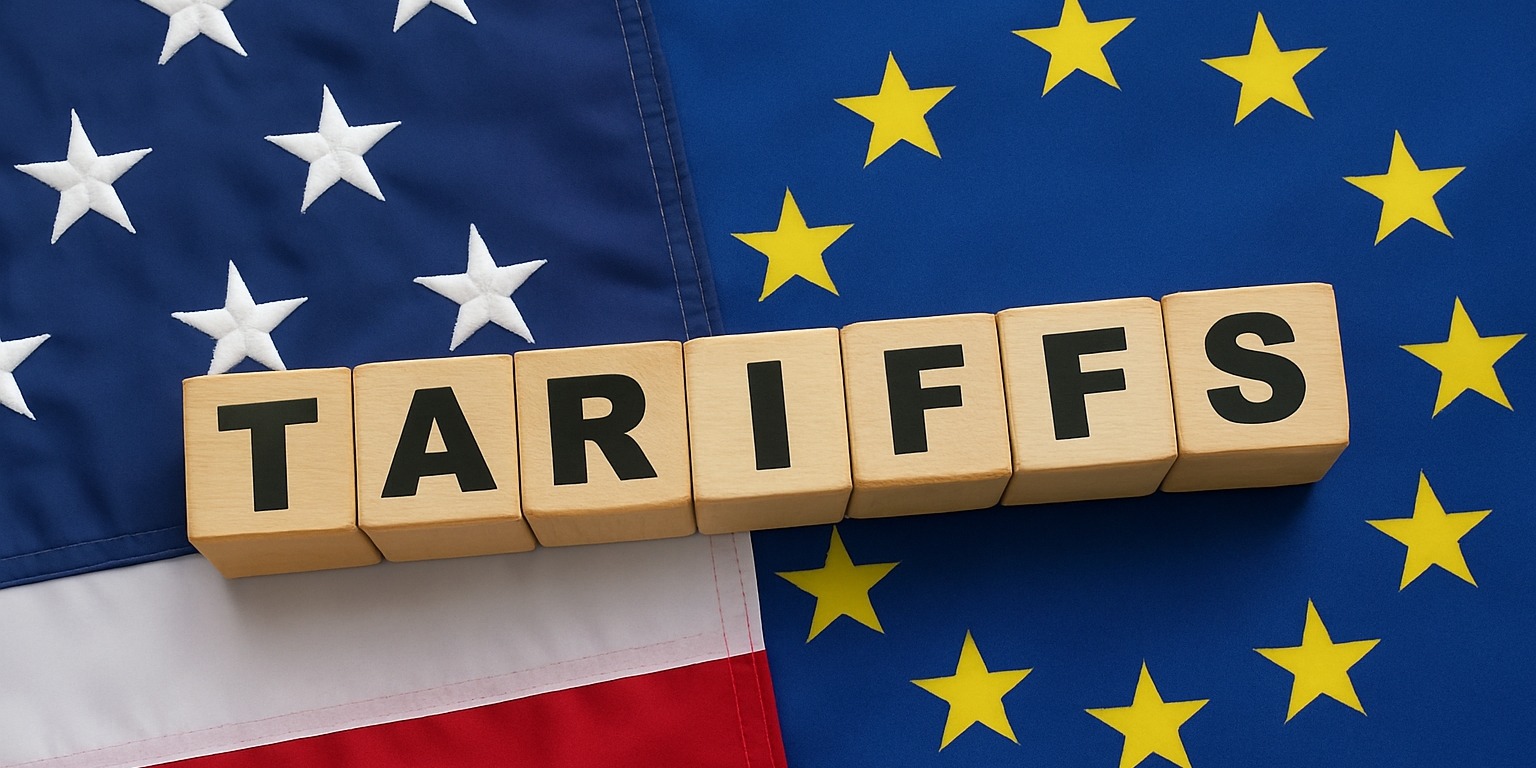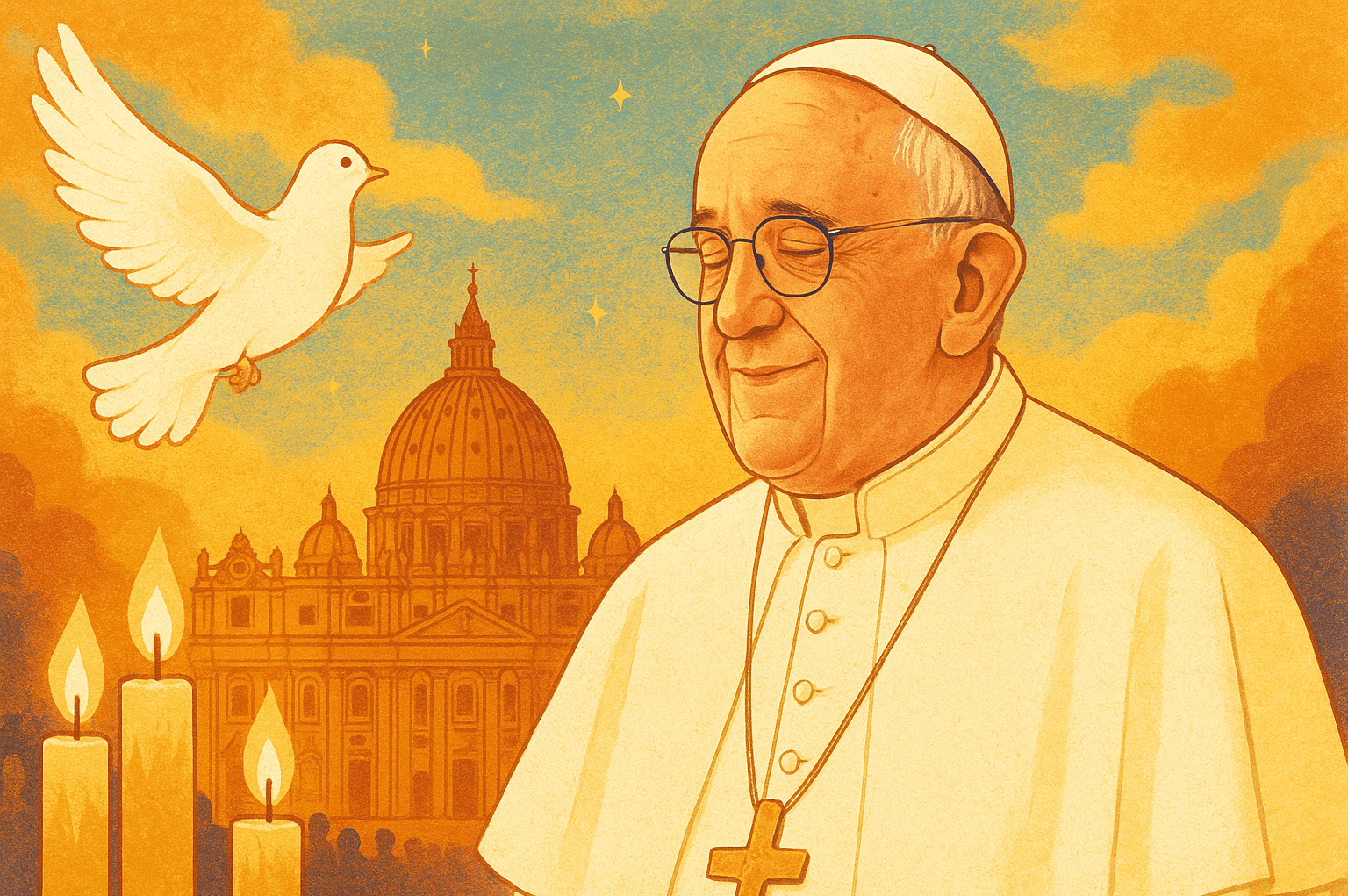It was August 5— a day now marked as “36 July” as the people extended the deadliest month of Bangladesh’s history in their countdown for the final victory.
What began as fledgling students’ protests to reform the irrational quotas in government jobs under the banner of the Anti-Discrimination Student Movement had transformed into an anti-government protest. The movement culminated in a popular uprising that toppled an iron-fisted autocratic regime of 15 years. Sheikh Hasina’s resignation and fleeing ended Awami League’s 16-year rule—a party that once fought for democracy and led the 1971 Liberation War into victory under the leadership of her father, Bangabandhu Sheikh Mujibur Rahman.
Earlier, protesters rejected Prime Minister Sheikh Hasina’s invitation for negotiation. Instead, they launched a total non-cooperation movement on 5 August for the government’s resignation and to hold nationwide protests and sit-ins. Protesters threatened to surround Ganabhaban and overthrow the prime minister. They promised to combat Hasina’s corruption, plundering, and mass executions; bring justice for previous injustices; and release political prisoners. Central coordinator Nahid Islam announced, “We need to dismantle this fascist regime and establish a Bangladesh where fascism and autocracy will never return.”
As the month-long protests came to an end, it was reported by the UN Human Rights Commission that at least 650 people were killed in the student movement between 16 July to 11 August; According to their report titled ‘Preliminary Analysis of Recent Protests and Unrest in Bangladesh’, of the total casualties, 16 July to 4 August’s movement saw 400 deaths while about 250 people were reportedly killed following the new wave of protests between 5 and 6 August. However, sources estimate the number of deaths may exceed as many bodies remain unaccounted.
Analyzing the death toll in the second stage, Prothom Alo reported 116 fatalities from clashes and violence across the country on August 4. On the day, it was seen that the law enforcement agencies along with many Awami League leaders and activists used lethal weapons. In Jatrabari alone 86 were killed indiscriminately in open gunfire of police during the movement. 4 August’s death toll, including at least 14 policemen, was the highest for a single day from any protests in Bangladesh’s recent history. Eyewitnesses and hospital sources reported morgues filled with dead bodies, making August a stark reminder of the human cost.
Meanwhile, a video went viral on Facebook of a conversation about using excessive police force and lethal weapons to suppress the movement between the deputy commissioner (DC) of Wari zone, Mohammad Iqbal Hossain, and the home minister Asaduzzaman.
On the evening of August 4, at around 6 PM, the government imposed an indefinite nationwide curfew as a final move to hold onto power. The announcement of the curfew and three-day general holiday came with the suspension of railways and the garment industry and streets emptied under heavy military presence. Key locations like Jatrabari and Farmgate turned silent as people had to abide by the curfew rules of staying indoors. “The Bangladesh army will perform its promised duty in line with the Bangladesh constitution and existing laws of the country,” the military said in a statement late on that day.
Amid this massive turnout, student protesters shifted their strategy toward a ‘One-Point’ demand with ‘Non-Cooperation’ calling for the government’s resignation. In the presence of thousands of protesters at the Shahbagh intersection, coordinator Asif Mahmud outlined the plan for the indefinite non-cooperation movement. He stated, “There is no dialogue with bullets and terrorism.”
In response, Awami League Presidium Member Abdur Rahman criticized the students’ “one-point” demand as “politically motivated,” and asserted that their party will respond to it politically along with peace.
Monday, 5 August 2024, was an unprecedented and historic moment that unfolded in Bangladesh when Prime Minister Sheikh Hasina hastily fled from the country in a military helicopter. The Generation Z (Gen Z) or Zoomers marked that moment a ‘second independence,’ which was achieved through the sacrifices of hundreds of lives and the relentless efforts of students, rickshaw pullers, political supporters, and everyday citizens. This was a liberation from the autocratic regime of Sheikh Hasina.
At around 4 PM, Chief of Army Staff General Wakar-uz-Zaman declared her resignation in a statement broadcasted nationwide and the formation of an interim government within the shortest possible time. ” The country is going through a revolutionary period,” he said while promising to bring justice for the martyrs of the July movement.
Early in the morning of 5 August, the Jatrabari-Shonir Akhra area, which had been a hotspot of violence during the unrest, appeared deserted with no presence of police or the army. Before the announcement, people took over Ganabhaban, her official residence as prime minister for 15+ years. Meanwhile, tens of thousands of people gathered at Shahbagh for hours to celebrate the victory of their one-point demand: the resignation of Hasina’s government.
Despite the celebrations, violence continued. Key government and political sites, including the Prime Minister’s Office, Sangsad Bhaban, Bangabandhu Bhaban, Awami League’s central office, and residences of officials and leaders were attacked by perpetrators. Protesters attacked and vandalized the houses and offices of Awami League’s (AL) representatives and police stations in 39 districts, and set fire to 20 offices of AL.
Sajeeb Wazed Joy, her son, told the BBC World Service Hasina had left the country for her own safety at the insistence of her family.
Nahid Islam, in a press conference in the presence of fellow organizers Asif Mahmud, Hasnat Abdullah, and Sarjis Alam, said, “I am dedicating this victory to the martyred students who were killed during the movement.”
“We the protestors have united against this fascist government. There are no group or religious differences between us. We will all be united and If we attempt any kind of religious incitement, sabotage, or division, the protesting students will stop it,” They further announced to formulate an outline of the interim national government within the next 24 hours.
Facing immense pressure and non-cooperation from the army, Sheikh Hasina had to resign and be given a safe exit from the country. The 2024 quota reform movement resulted in progress but also left room for further debate and action.











One Response
Sheikh Hasina’s resignation was not just the outcome of student protests—it was the culmination of a nationwide uprising against a fascist autocrat who robbed the people of their rights, including free speech and fair elections. Instead of listening to the demands of students and the public, she unleashed brutal state violence, killing over 2,000 and injuring more than 20,000. The people, with their backs against the wall, had no choice but to rise and remove her. But fleeing is not justice—she must be brought back and held accountable for her crimes.